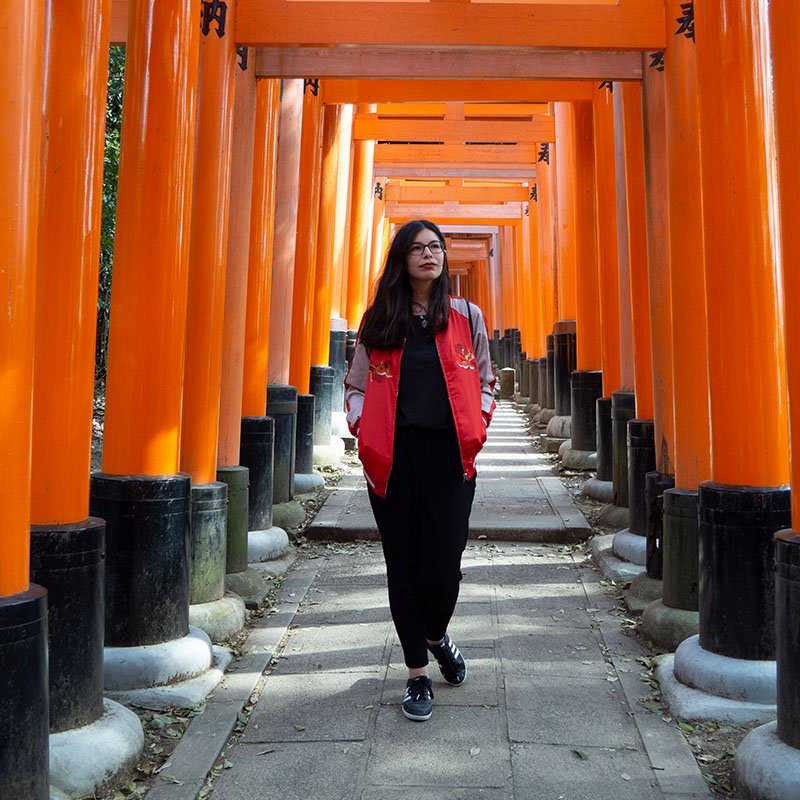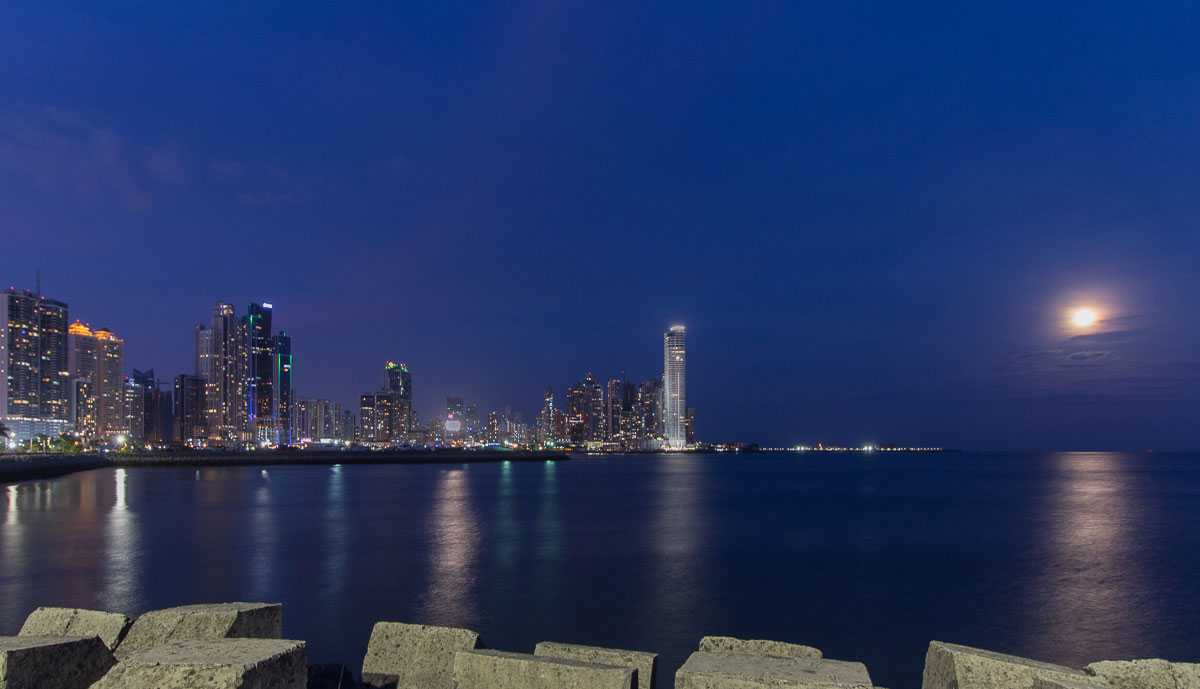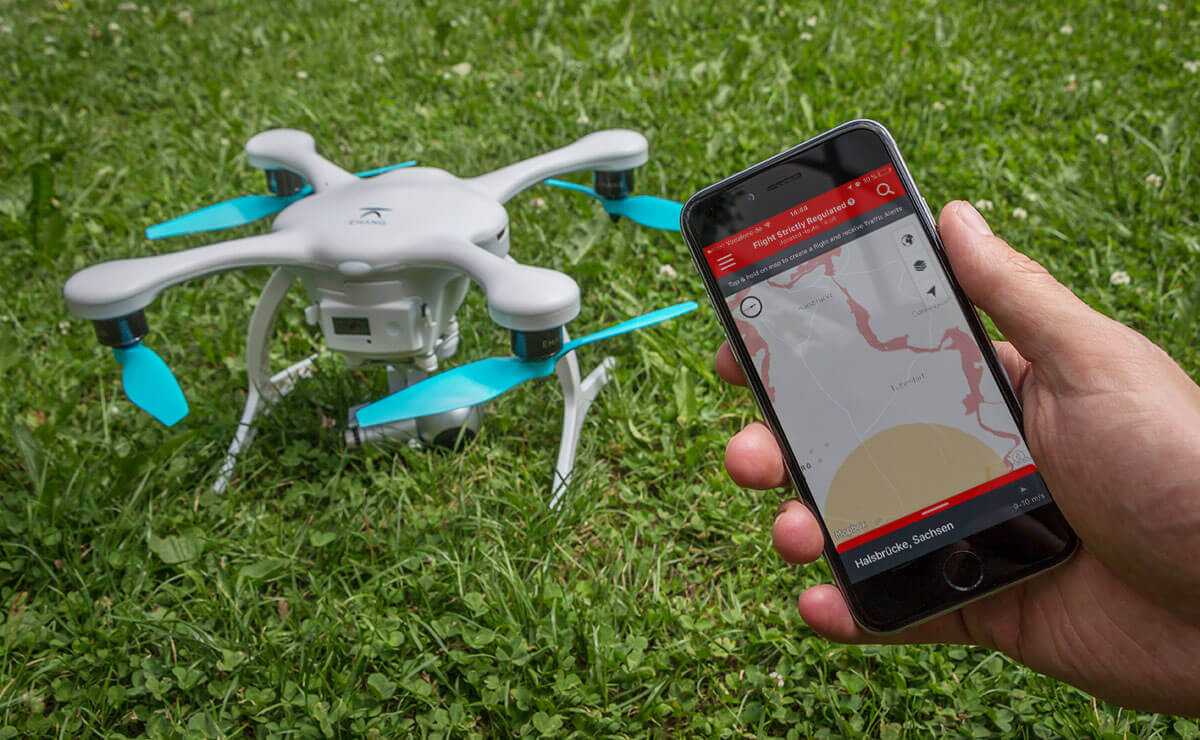
Kamakura in Japan – The Best Attractions and Tips for Tokyo’s Neighborhood
Kamakura, just 50 km from Tokyo, is a stunning town with many cultural highlights. The most famous attraction in Kamakura is the large Buddha statue, which attracts many tourists every year.
The coastal city was the linchpin of the Japanese government in the 12th century and was ruled by Minamoto no Yoritomo. He succeeded in disempowering the Emperor and then founding the shogunate, which brought the samurai to power.
Although Kamakura is the neighboring city of Tokyo, you will not notice anything of the bustling city life and you can explore the city in peace. What highlights and sights Kamakura has to offer, you will learn in this post. In addition, we’ll tell you more useful tips on accommodation, travel and food.
Other important contributions for your trip to Japan:
Guest Post: My name is Katharina, I am the little sister of Sara and Japan is my absolute dreamland! My big goal is to emigrate there in a few years. As long as I learn the language, I travel to Japan as a tourist. Every year I am drawn to the land of the rising sun again!
Attractions in Kamakura
In Kamakura there are some beautiful sights that are worth seeing through the bank. Above all, the many ancient temples not only leave one astonished, but also give a brief insight into the former Japan. The little coastal town is definitely one of our favorite places in Japan and it certainly was not the last time we stayed here.
Great Buddha of Kamakura
Let’s start with the most famous attraction: the Great Buddha of Kamakura. The huge statue is located on the grounds of the Kotokuin Temple and is a representation of the Buddha Amitabha. The statue itself is 11.40 meters high and is one of the largest Buddha statues in Japan.
Incidentally, the temple around the Buddha was destroyed several times in the 14th and 15th centuries by typhoons and eventually even by a tsunami. That’s why the statue stands on open ground today and no longer inside a temple building.
Important informations:
- Entry: 220 yen per person (about 1.80 euros)
- Opening hours:
- April – September: 8:00 – 17:30
- October – March: 8:00 – 17:00
Travel Credit Cards 2019 – Take off worldwide for free

Current you save with a credit card of Santander Bank lot of money when traveling. Why? We explain that to you here!
Hase-dera temple
Another popular destination is the Hase-dera Temple, which is just a five-minute walk from the Great Buddha. Built on a hillside in the eighth century, the temple offers a great view of the city’s coastline.
The temple grounds are very large, spread over several levels and you can always discover smaller highlights. For example, the Kannon-do hall and the nine-meter-high Hase-Kannon statue are well-liked. It is considered one of the largest wooden Buddha statues in Japan and is said to date from the year 721.
Hard to believe, right? Almost 1,300 years the statue should be old! But that’s exactly what we love about Japan so much: on the one hand, you can be enchanted by everlasting historical temples and buildings, on the other hand, there is hardly a country that has advanced so much technically – a crazy contrast who always captivates us again and again.
Important informations:
- Entry: 300 yen per person (about 2.45 euros)
- Opening hours:
- March – September: 8:00 – 17:30
- October – February: 8:00 – 17:00
Tsurugaoka Hachiman-gu shrine
For the city itself, the Tsurugaoka Hachiman-gu shrine is the most important religious building. It was built as early as 1063 near Yugaihama Beach. However, Minamoto no Yoritomo, the founder of the Kakamura shogunate, had him moved a little further inland in 1191.
The road to the shrine is lined with some red torii gates and cherry trees. Once you arrive at the entrance you will also find a high stone staircase that leads you straight up to the shrine.
Very beautiful and impressive are the two ponds, where you can watch beautiful Koi fish.
Important informations:
- Entry: free (Shrine Museum: 200 yen (1.65 euros))
- Opening hours:
- April – September: 5:00 – 21:00
- October – March: 6:00 – 21:00



Japan Rail Pass – The most important information
With the Japan Rail Pass you can travel time and money saving. We’ll tell you everything you need to know: prices, orders, trains, usage tips and much more!
Kamakura’s beaches
Since Kamakura is right on the sea, you can look forward to some really nice beaches. Especially in summer, they are the starting point of many Japanese, who want to enjoy the sun and the sound of the sea.
Most popular are the two beaches Yuigahama and Zaimokuza. In high season, there are many shops and restaurants selling beach equipment and Japanese delicacies.
If you want to escape the city for a few hours, you can sunbathe, swim in the sea or even surf.
Important informations:
- Directions: Take the Enoden Line and get off at Yuigahama Station. From there it is only a few minutes walk to the beach.
The island of Enoshima
If you are already in Kamakura, you should not miss the small island Enoshima. At first glance, she may not have much to offer, but appearances are deceptive. It’s best to divide your trip to Kamakura so that you have some time to explore the island – it’s definitely worth it!
One of the island’s most popular attractions is the Enoshima Shrine, which dates back to 552. Within the shrine, three deities are worshiped, collectively known as the Enoshima Okami.
Another highlight is the Enoshima Iwaya Caves: In one of the two caves are numerous Buddha statues and a small shrine for the goddess Amaterasu. The second cave, on the other hand, houses the statue of a dragon god, who is considered the patron god of fishermen.
With good luck, you can also discover Mount Fuji on the horizon from the narrow Chigogafuchi cliffs. Please screw your expectations but please not too high: The mountain is very shy and comes only in absolutely clear view to the fore. 
Directions Enoshima
To get to the island of Enoshima, you can get on the Kamakura or the Hase Station in the Enoden train line. You should then get off at the Enoshima station. From there you only have 15 minutes to walk to the island. A ticket costs 260 yen (about 2.13 euros).



hotels & Accommodations
Although Kamakura is well suited as a day trip destination from Tokyo, it is also worth staying here for a night or two. So you have no stress and can explore the city in peace.
In Kamakura there are several hotels of different price ranges: from relatively cheap hostels to expensive luxury hotels. Generally, accommodation prices in Japan are quite high, so you should budget at least $ 20 per night for a dorm bed.
Here we stayed – Villa Sacra
The last time we stayed in Kamakura, we stayed at the small, cozy Hotel Villa Sacra. It is just 200 meters from the train station. The location is perfect and the train noise you could not hear at night.
The hotel itself is built in traditional Japanese style and has been relatively newly refurbished. There are six rooms in total, designed by various Japanese artists. We stayed in the beautiful Flowers room and loved the unique style.
Also the staff of the hotel was always friendly and accommodating. We would definitely stay at the Villa Sacra again.
- Further information and bookings on Booking.com:Villa Sacra *

Other hotels in Kamakura
You do not like Villa Sacra? Or is she maybe out of your budget? Then we have selected a few more good hotels in Kamakura for you and divided into different price ranges.
Low price range:
Mid price:
Upper price range:
Restaurants in Kamakura
In Japan, street food is rather unusual. Slowly, however, the trend is also coming to the land of the rising sun and thus also to Kamakura. In the pedestrian street and shopping street Komachi-dori there are some great shops that offer delicious food “to go”.
Torigoya
One of our favorite shops can be found just 100 meters from the beginning of the road on the right. His name is Torigoya, he is small and easy to miss. If there had not been a queue of people there, we would have run past it ice cold.
The food here is incredibly delicious croquettes in four different flavors. A portion cost only 200 yen (about 1.65 euros) and the craziest flavor is probably chocolate.
Important informations:
- Address: 2 Chome-10-4 Komachi, Kamakura
- Google Maps Link:Torigoya location
- Opening hours:
- daily from 11:00 to 23:00
- closed on Thursdays

Sakura no Yumemiya Komachidori Honeys
What you should definitely try in Japan are Dangos: small dumplings made from water and mochiko (Japanese sticky rice flour). They are very sticky and feel really strange in the mouth at first. But do not worry, they are delicious!
You can buy really good Dangos in Sakura no Yumemiya Komachidori-Honten. In the small shop there is a huge selection of different varieties. Especially delicious are the dangos with matcha paste for only 180 yen (about 1.47 Euro).
- Address: 2-chōme-7-34 Komachi, Kamakura-shi
- Google Maps Link:Sakura no Yumemiya Komachidori Honeys
- opening hours: daily from 10:00 to 17:30

Kamakura Ichibanya
You are looking for more to nibble? Then we have another recommendation for you: homemade rice crackers. In Kamakura Ichibanya, you can buy the delicious crackers fresh and watch them being made before your eyes.
Then they are wrapped with a small piece of roasted seaweed and dipped in soy sauce – heavenly! Incidentally, a single cracker costs only 50 yen (about 0.40 euros). If you have come to the taste, you can buy in the shop and larger packages.
- Address: 2 Chome 7-36 Komachi, Kamakura
- Google Maps Link:Kamakura Ichibanya
- Opening hours: daily from 10:00 – 19:00
Kamakura Chacha
The last store we would like to recommend to you is the Kamakura Chacha. The small ice cream parlor has specialized in the production of matcha ice cream. Since Matcha can taste very intense and bitter, there are several levels to choose from: from mild to really strong. In general, the darker the green, the more bitter the ice. 
Alternatively, you can opt for the Matcha soft ice cream: It is less intense, but relatively sweet and delicious! The soft ice cream costs 500 yen (about 4.50 euros) and a ball of matcha ice cream starts at 450 yen (about 4.00 euros).
- Address: 1-chōme-6-8 Yukinoshita, Kamakura-shi
- Google Maps Link:Kamakura Chacha
- Opening hours: daily from 10:00 to 18:00

Arrival to Kamakura
To get from Tokyo to Kamakura, you can take two train lines. You should then get off at the Kamakura station.
Number 1: The Shonan-Shinjuku Line, which stops at the Shibuya or Shinjuku stations in Tokyo, for example. The journey takes about 55 minutes and you do not have to change.
No. 2: The Yokosuka Line, which inter alia stops at Shimbashi or Shinagawa stations. Also with this line you do not have to change. The journey takes about an hour.
These are regional trains operated by Japan Rail and free to use with the Japan Rail Pass. Without Japan Rail Pass the ticket costs you 920 yen per person (about 7.55 Euro).
Generally we recommend the app “NAVITIME”. You can easily find out which train or bus you need to take, how long the journey takes and how much it costs. Another great feature of the app is that you can choose to use a Japan Rail Pass * or not.
More Kamakura tips
At the end of the post we have put together some useful Kamakura travel tips for you. It’s about the best travel time and transportation on the spot.
The best time to visit Kamakura
For us the best time to go to Kamakura is the summer from June to September. During these months, it is nice and warm, the flowers are blooming and all other plants shine in rich green. You can also hop on very hot days in the cool sea. However, we also have to say that it can rain more often in June and September with an average of ten rainy days.
Of course, the other seasons have their charm – especially the spring during the cherry blossom. In March and April, the climate is also relatively pleasant and you can count on ten to 20 ° C during the day.
It gets cold in winter, especially in January and February. If you are unlucky, temperatures can even drop to 0 ° C. If there is still a fresh sea breeze, Kamakura can be really, really fresh.
Arrive on site from A to B
To get from one stop to the next in Kamakura, there are several options that we will introduce to you in a nutshell.
Bicycle: The coolest option is definitely the bike! You can easily cruise through the city and also drive along the beach to the island of Enoshima. At the Kamakura Station you will find the Kamakura Bicycle Rental Shop. There you can rent the bike either for a few hours or the whole day. Prices start at 600 yen (about 4.92 euros) for an hour and reach up to 1,600 yen (about 13.12 euros) for the whole day.
On foot: Except for the island of Enoshima you can easily explore the individual sights on foot. The trails are not always short, but if you’re used to walking a lot on your travels, then the tracks will not cause you any major problems. 
Train: Alternatively, you can drive with a small tourist train through Kamakura – with the aforementioned Enoden line, which also brings you to the island. She leaves every 10 to 15 minutes from Kamakura Station. Another useful stop is the Hase Station: from there it is only a few meters to the Hase-Dera Temple and the Great Buddha. Travel costs differ depending on the desired route.
Do you know any other attractions for Kamakura in Japan or have a question about the coastal city? Then just write us a comment!
Note: This post contains our personal product recommendations with so-called affiliate links. Do not worry, the products will not be more expensive. If you buy something via one of these links, we get a small commission. You help us keep Love and Compass alive and regularly publish useful content for you. A thousand thanks and a lot of love for it!
Related Posts
-

Panama’s attractions – beach, city, jungle
Beach, city and jungle – highlights of my Panama trip Oh how beautiful is Panama – and the most famous sights in Panama? Janosch was right. Panama is the…
-

Gran canaria – travel reports, information and tips
Gran Canaria – travel reports, information and tips Soft sand beaches, big dunes, desert canyons, picturesque coastal villages, remote mountain villages,…
-

Credit comparison 2019: you should pay attention to these 10 tips
loan comparison This guidebook was created with the kind support of the colleagues of our project kredite-vergleich.de. The supply of credit was rarely…
-

The best drone apps: these air traffic controllers will help you
The Best Drone Apps: These air traffic controllers will help you Apps for the smartphone can help us a lot when flying a drone. A look into a drone app…






